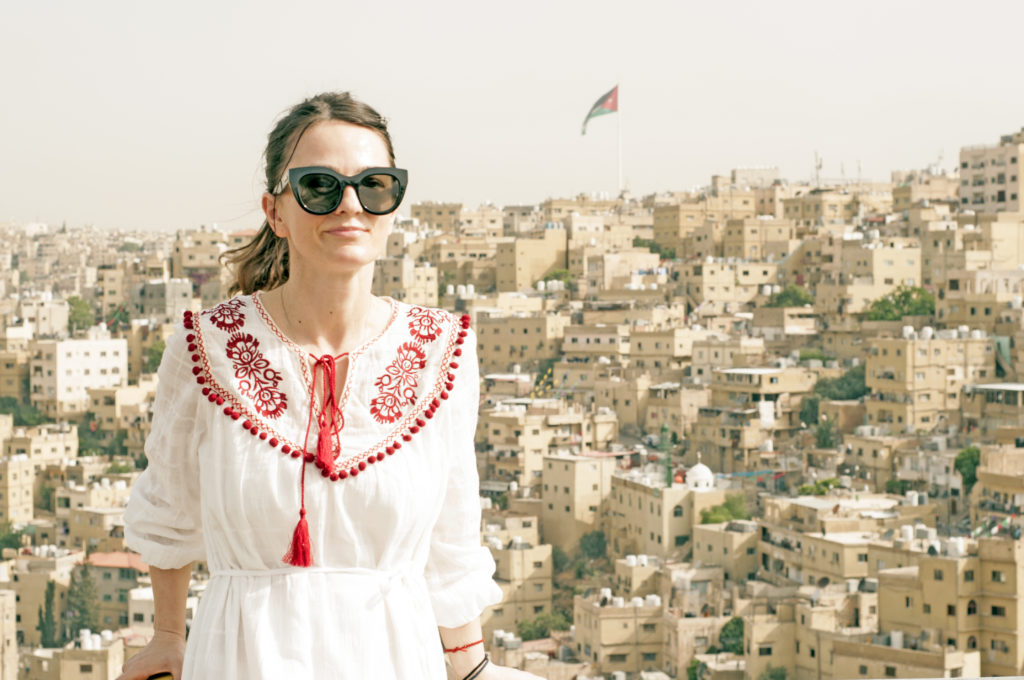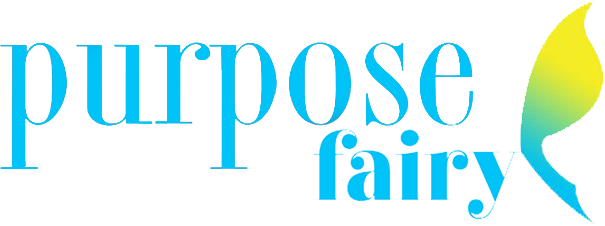
“When the heroine says no to the next heroic task, there is extreme discomfort…When a woman stops doing, she must learn how to simply be. Being is not a luxury, it is a discipline. The heroine must listen carefully to her true inner voice. That means silencing the other voices anxious to tell her what to do. She must be willing to hold the tension until the new form emerges…”~Maureen Murdock, The Heroine’s Journey
In mythology and fairy tales, the hero’s journey is the template that involves a hero who goes on an adventure, wins a victory, and then returns transformed.
This is the general Rite of Passage structure – separation, facing and overcoming a challenge, and returning to the community transformed and recognized as different. For example, the child is now recognized as an adult, the boy is now recognized as a man.
This is the framework I learned when I trained in Rites of Passage facilitation because I learned from men about this male version of the story.
But guess what – it’s different for women and more complex.
In our mythological stories and narratives, the woman is often simply waiting for her man to come home from his quest. In The Alchemist by Paulo Coehlo, there is an example of this. Or she’s waiting for her man to come and save her, as in Sleeping Beauty.
And we’re supposed to be satisfied with this. Plus there’s the narrative that men will protect us from having to go on our own quest, our own journey. Yes, it’s changing, but it’s slow. My mother’s story and my grandmother’s story have unfolded in the last 85 years – and their story is mine also.
Maureen Murdock in 1990, was the first to offer an alternative for women to Joseph Campbell’s famous “Hero’s Journey” narrative. So here’s the outline of the Heroine’s Journey as introduced by the wonderful Ms. Murdock.
Embarking on Your Own Heroine’s Journey
First, there’s the rejection of the feminine. Even in the era of the housewife, the nurturing mother was not necessarily present. Women were often unfulfilled and resentful and were definitely not celebrated. Nurturing affectionate love towards children was often withheld.
So the daughter rejects the mother and idealizes the father – the hero. She vies for male attention and approval.
She struggles with self-doubt, the voice of the inner critic, and works to overcome her internalization of the myth of female inferiority.
She then undertakes the male version of the hero’s journey. She faces challenges and achieves success in the form of grades, recognition, power, money, status, etc. In this competitive and individualized patriarchal world,, we live in – she ultimately wants male approval.
At some point, she realizes she’s not satisfied. She can’t shake this underlying feeling that she’s not enough. She never gets the approval or recognition she seeks, or it never satisfies. So she continues to strive for perfection and achievement, and her inner male aspect drives her forward towards more competition and more success. Until at some point she resists.
When does the heroine’s journey begin?
The heroine’s journey truly begins when she learns to say NO to this madness when she learns at some point that money and success and external achievement will never fill her. She becomes truly strong as a woman when she realizes she is enough as a woman and has nothing to prove. She withdraws from the world into herself.
She’s seen as depressed and mad for saying no to what society tells her she’s supposed to want. She isolates herself and learns to connect with herself, her body, her intuition, her cycles, her sexuality, and her true nature.
She learns to value the feminine – the being-ness, the descent, the darkness. She discovers her worth so she now has nothing to prove. She learns to truly know her way with the guidance of her body’s intuition.
She grieves the prior loss of connection to her own body, to her sisters, her mother, to all of the women who came before her, and to the true mother of us all, the Earth herself.
She works to reconnect with all of these women. She heals the wounds that stemmed from her early rejection of women and from others’ rejection of her.
She learns to embrace and accept that other female figure in our mythology, that of the evil step-mother, the hag, the madwoman. This is the archetypal woman we see in stories such as Cinderella and Hansel and Gretel.
But the feminine needs the masculine. She does want to be purposeful and satisfied with her work. She still wants to strive and achieve and challenge herself, so she nurtures this masculine aspect rather than reject it completely. She invites and welcomes balance.
Women need to be in healthy relationships with men for our society to be healthy. And although there are the men who reject her and abuse her, who don’t see her worth, who are disconnected from women in general and from the feminine in themselves.
These are not the men she needs. So she finds the men who can relate to her in her power and in her truth, who can themselves be powerful but not overpowering.
She finds the Man With Heart within herself and she finds those men around her because they do exist!
Comments
Jaclyn Cunningham
Jaclyn is a highschool teacher, social worker and the co-creator of Radiant Woman: A Mother-Daughter Rite of Passage Retreat. She also offers a powerfully transformational online program for teenage girls - Anxious to Awesome. Find out more about Jaclyn’s work at www.jaclyncunningham.com
read more